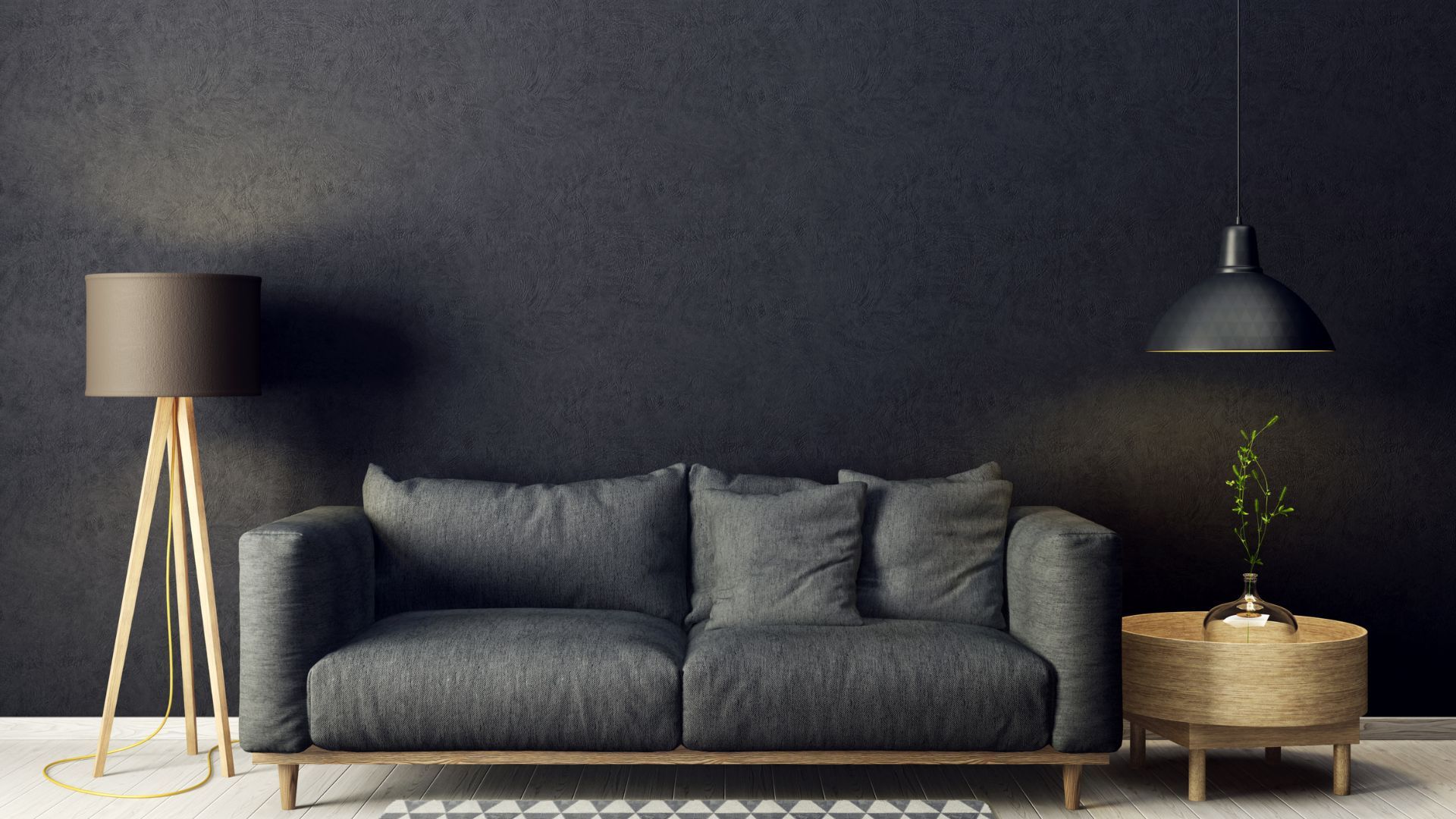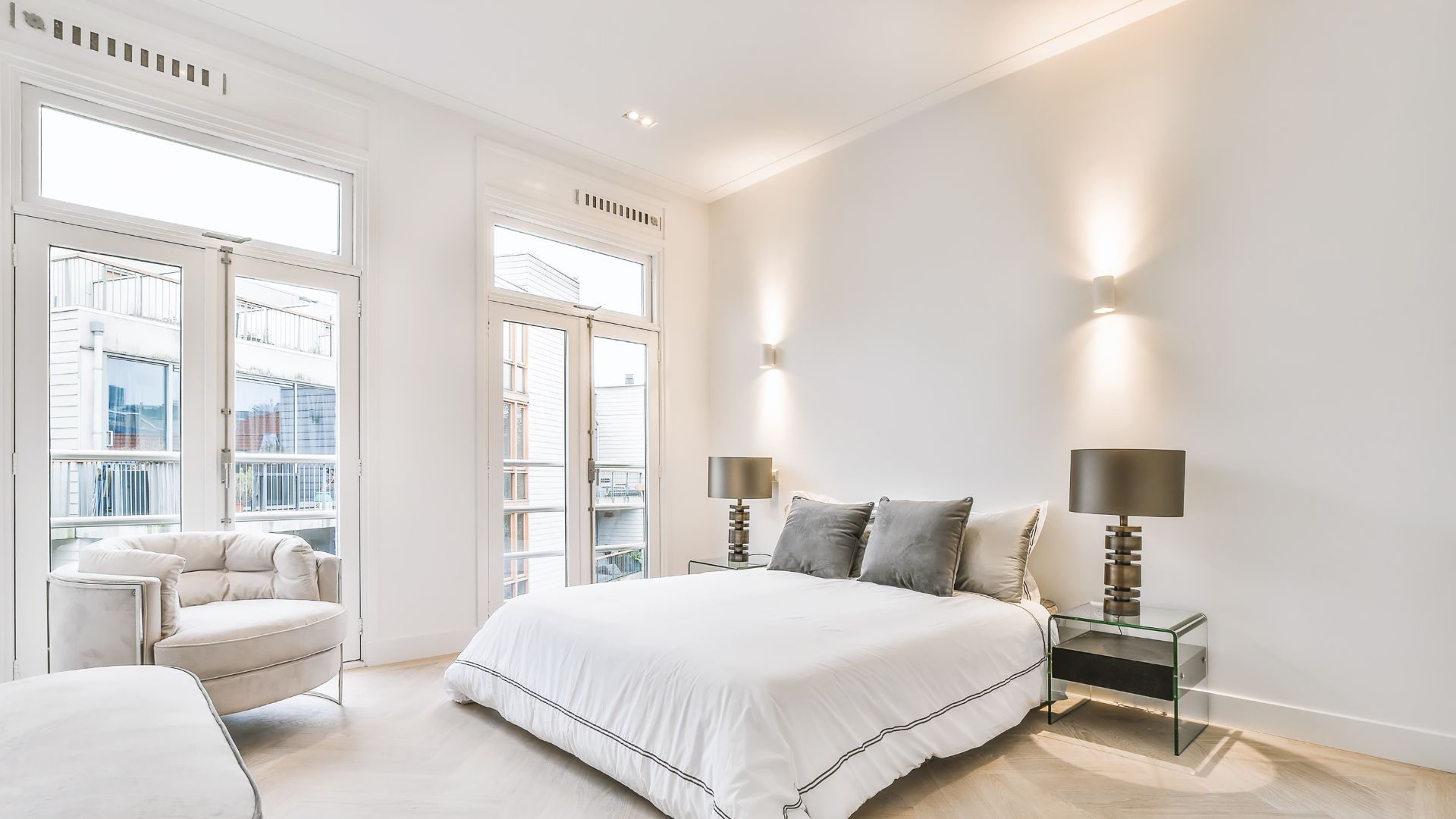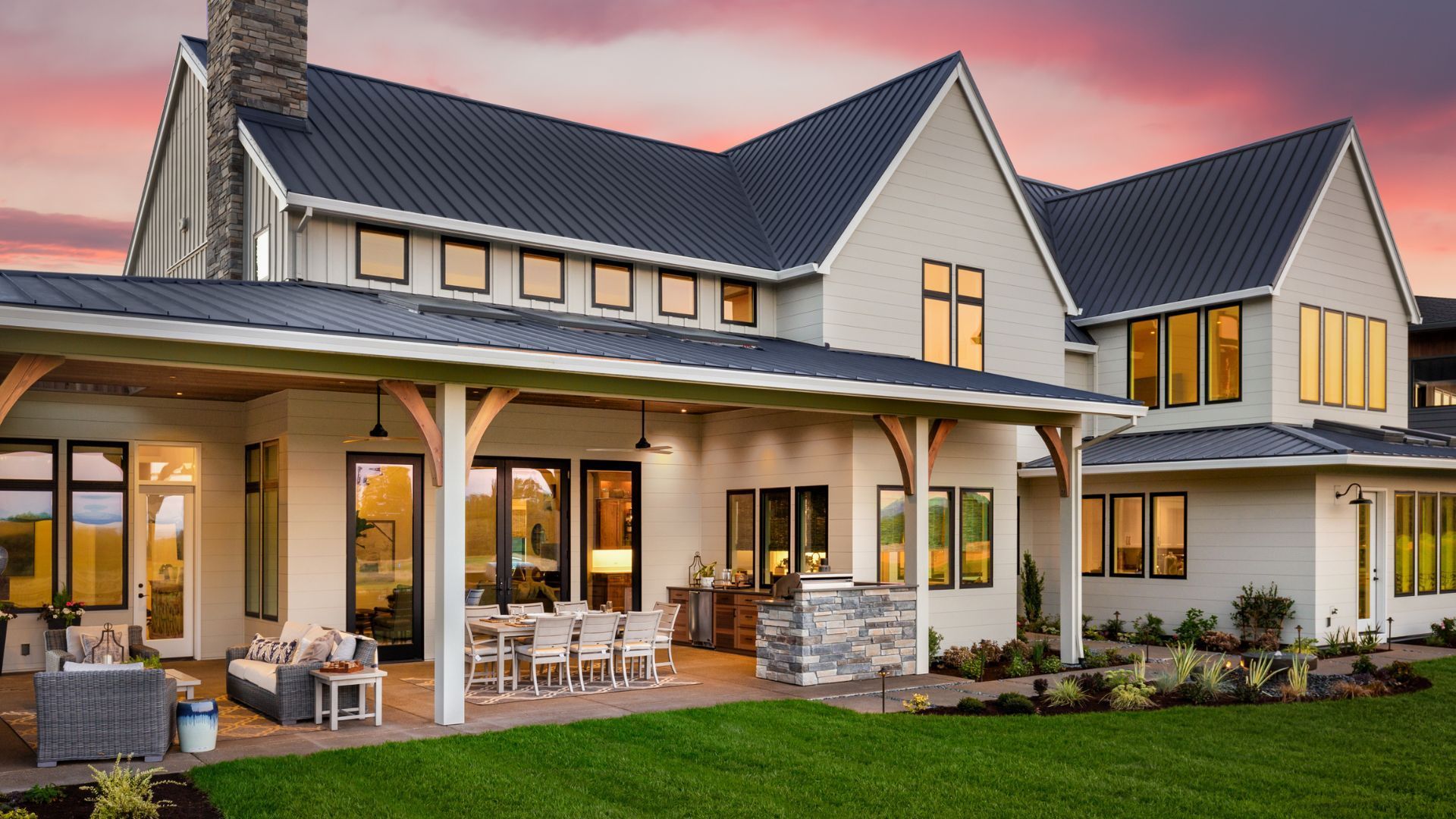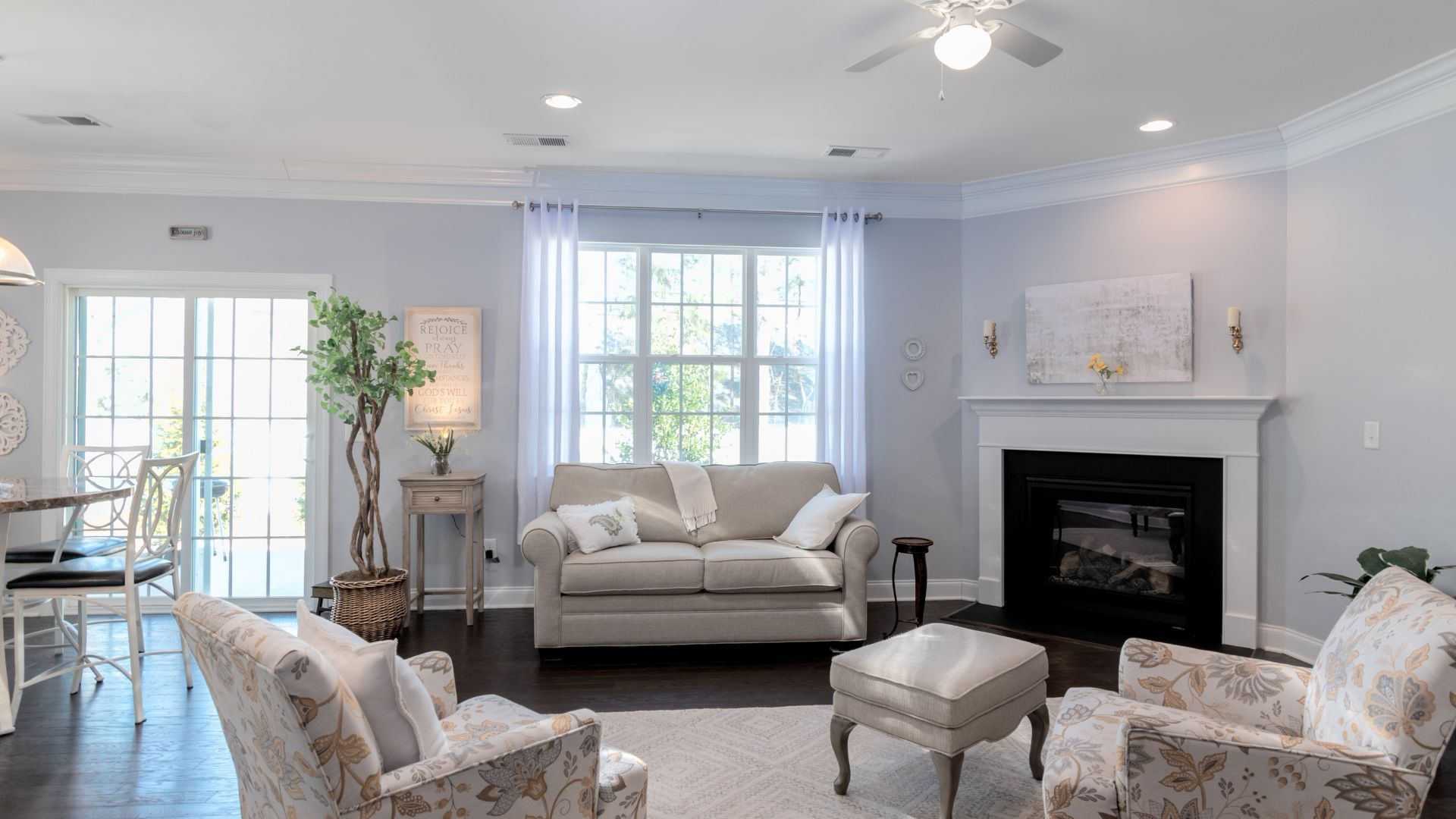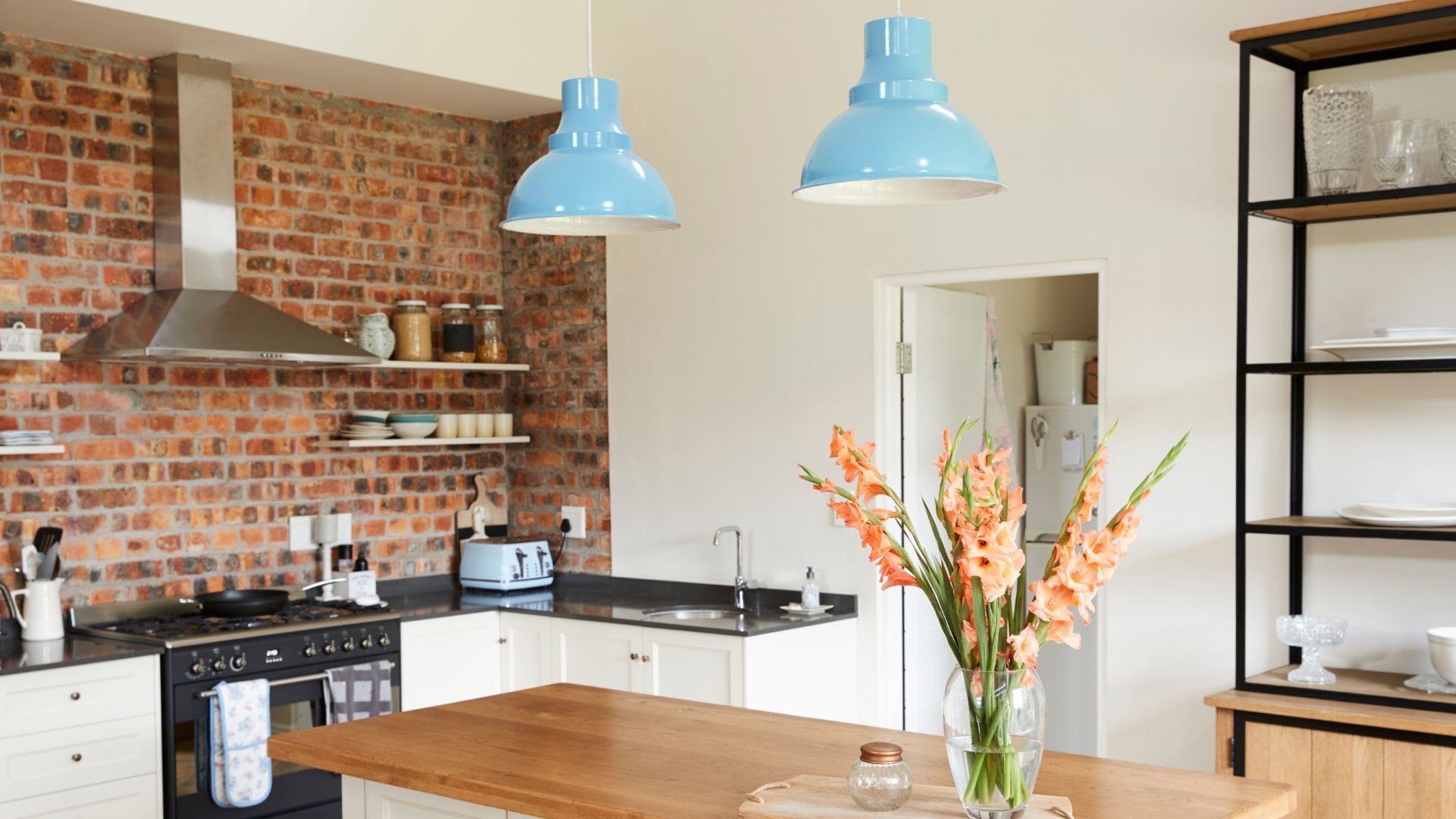10 Signs Your Rhode Island Home Needs an Interior Painting Consultation Soon
Recognize When Your Rhode Island Home Needs Interior Painting
Interior painting is more than a cosmetic update—it can impact comfort, energy efficiency, and a home’s value. Homeowners may question when paint no longer meets modern standards or becomes a safety risk. This article reviews key signs, aging effects, seasonal influences, and health concerns that indicate it’s time for a refresh. By following guidelines from professional painters like
Stateline Painters, Rhode Island homeowners can determine when to repaint and maintain their homes' beauty and safety.
Key Takeaways
- Look for fading, peeling, or cracked surfaces that signal interior painting is overdue.
- The home's age and original materials affect paint deterioration.
- Seasonal factors like light and humidity impact paint quality.
- Renovations, decor updates, and health issues such as mold suggest repainting.
- Professional assessments help tailor painting solutions for each Rhode Island home.
Identify Common Signs Your Home Needs Interior Painting
Homeowners should look for visible cues that indicate the need for a new coat of paint. Key signs include fading colors, worn finishes, cracks, peeling surfaces, and persistent marks from everyday use.
Look for Fading Colors and Worn-Out Finishes in Your Rooms
Over time, sunlight and environmental factors dull colors and reduce vibrancy. This fading affects the overall ambiance and may make rooms look outdated. Regular inspection of frequently used spaces like living rooms and hallways can reveal whether it’s time to restore the room’s appeal with quality painting services.
Check for Cracks and Peeling Paint Surfaces on the Walls
Cracks and peeling paint signal aging and deteriorating finishes. These issues can result from poor surface preparation or general wear. Cracks may expose underlying materials, allowing moisture to cause further damage. Addressing these concerns promptly with proper primer and quality paint helps protect the walls and maintain structural integrity.
Observe Marks and Stains on High-Traffic Areas and Walls
Areas exposed to high traffic often develop scuff marks, stains, or grease that regular cleaning cannot remove. These imperfections indicate that the paint may no longer provide sufficient protection. Repainting not only enhances visual appeal but also creates a barrier against further damage.
Assess How Age Affects Your Rhode Island Home’s Interior
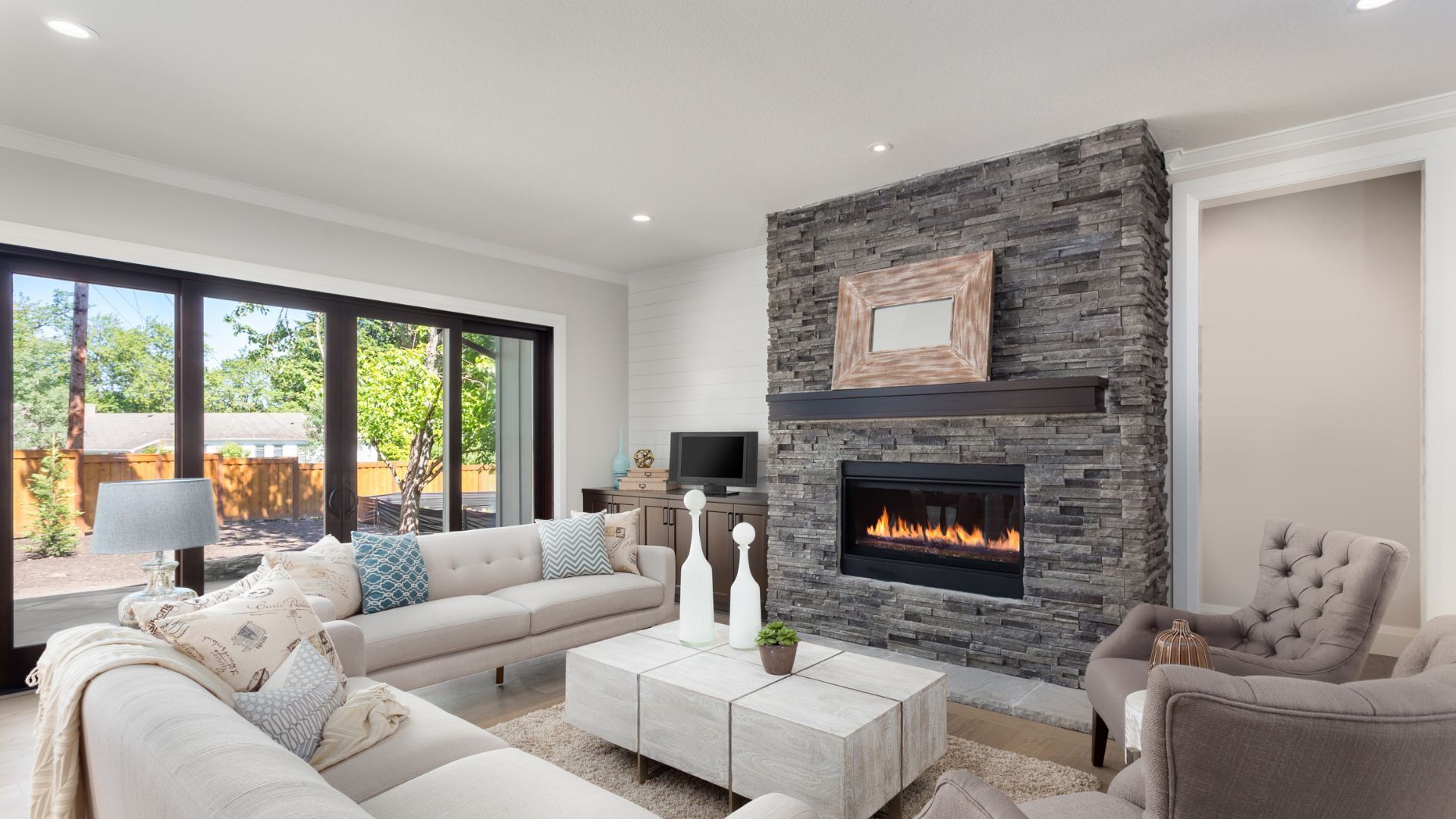
The age of a home and the materials originally used for painting influence the durability and appearance of interior finishes. Older homes often experience accelerated wear due to outdated techniques and materials.
Evaluate Your Home's Paint Lifecycle Based on Its Year Built
Homes built decades ago typically show more wear because older paints and application methods were less durable. For example, a mid-20th-century home may show significant fading and peeling compared to more modern constructions. Evaluating the paint’s lifecycle about the home’s age helps determine whether full repainting or minor touch-ups are needed.
Consider the Materials Used in Your Home's Original Painting
The type of paint and primers used originally plays a significant role in how well the finish holds up. Homes with oil-based paints or those lacking modern low-VOC formulations might require more frequent updates. Upgrading to contemporary, eco-friendly paints can improve indoor air quality and bring a refreshed look to aging interiors.
Investigate Weather Effects on Paint Durability in Rhode Island
Rhode Island’s variable climate—with temperature extremes and high humidity—can accelerate paint deterioration. Moisture exposure may cause mold growth or peeling, while UV rays contribute to fading. Regular monitoring and maintenance are essential to ensure that interior surfaces remain resilient.
Recognize the Impact of Seasonal Changes on Interior Colors
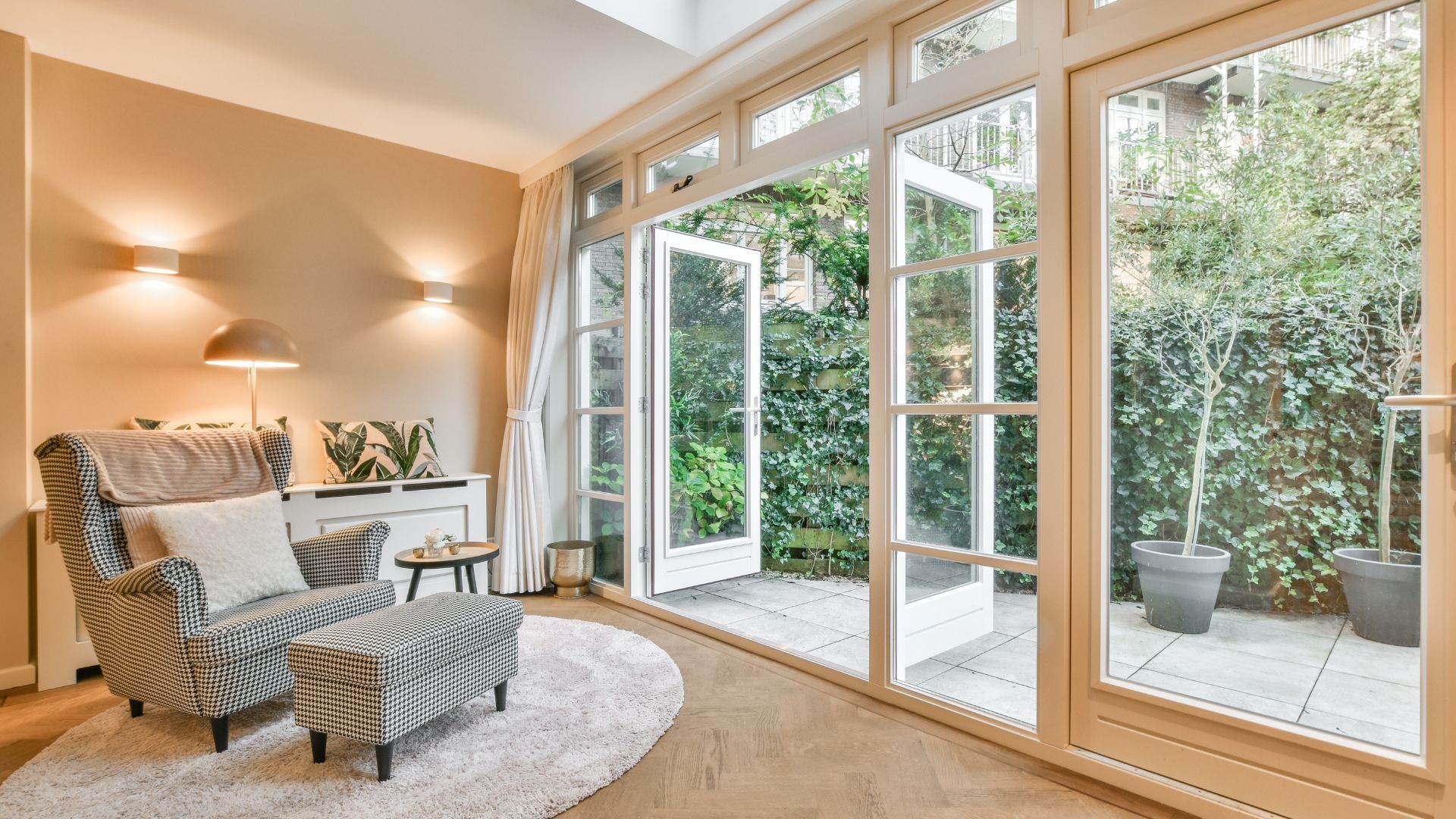
Seasonal variations influence how interior paint ages. Changes in natural light, humidity, and even seasonal decor can alter the appearance of painted surfaces.
Understand How Light Changes Throughout the Seasons
In winter, limited light can mute darker colors, while in summer, bright hues may appear overly intense or fade faster under strong sunlight. Adjusting the paint finish, such as choosing satin over matte, can improve durability and consistency through seasonal changes.
Notice How Humidity Levels Affect Paint Integrity Inside
Fluctuations in humidity cause paint to expand and contract, possibly leading to cracking or blistering over time. In Rhode Island, managing indoor moisture—using dehumidifiers during damp periods, for example—helps preserve the integrity of the paint.
Observe How Seasonal Decor May Clash With Current Paint
Changing decor trends can make older paint schemes appear outdated. Bold new furniture or seasonal decorations may clash with a dated color palette. Repainting can harmonize the color scheme with modern decor and seasonal themes.
Determine When to Refresh Interior Decor With New Paint

Reassess Color Schemes During Major Home Renovations
Whenever significant renovations take place, updating the paint is crucial. A fresh color scheme can complement new materials such as modern drywall or cabinetry while enhancing overall market appeal and personal comfort.
Plan for Update Timing Before Holidays and Gatherings
Scheduling painting projects before family events or seasonal celebrations ensures the home looks welcoming and festive. A newly painted room can improve ambiance and provide a cohesive backdrop for gatherings.
Create a Themed Color Palette for Seasonal Refreshes
Choosing a color palette that reflects seasonal moods — calming blues in winter or refreshing greens in spring — can create a dynamic and engaging atmosphere. This approach often involves upgrading to higher-quality materials that offer improved durability and a superior finish.
Evaluate Allergies and Health Concerns Related to Old Paint
Older paint formulations might contain harmful substances like lead or VOCs, which can pose health risks.
Investigate Health Risks Posed by Lead or Other Toxins
Homes with paint from earlier decades might still have lead, posing risks when the paint deteriorates. Proactive evaluations and lead testing protect indoor air quality, especially for children and sensitive individuals.
Examine Signs of Mold or Mildew That May Require Painting
Mold and mildew not only damage the paint film but can also create health hazards. Visible patches of mold or persistent musty odors indicate that both the paint and the underlying issues need attention.
Seek Professional Opinion for Health-Driven Painting Decisions
When health risks are suspected, it is essential to have a professional assessment. Experienced painting contractors can recommend safe remediation, test for toxins, and use non-toxic, modern paint alternatives to improve indoor air quality.
Learn How Professional Assessment Can Aid Your Painting Decision

Professional assessments provide targeted solutions that save time and money by identifying issues that might not be apparent to the homeowner.
Schedule a Consultation With Painting Experts in Your Area
Consulting with a reliable, licensed, and insured painting contractor ensures that all potential issues are correctly identified. Professionals can evaluate wall conditions, recommend necessary repairs, and propose quality painting services customized for your home.
Understand Quotes and Estimates Based on Your Interior Needs
Detailed quotes clarify the scope of work and costs involved—from surface preparation to the final high-quality finish. Transparent communication helps homeowners make informed decisions and budget effectively.
Discuss Custom Solutions Tailored for Your Home's Style
Every home is unique. Through a consultation, painters can advise on custom solutions that blend the home’s character with modern trends. This discussion helps address challenges such as uneven surfaces or previous paint layers, ensuring the final project enhances both structure and style.
Final Thoughts
Rhode Island homeowners should proactively assess their interior paint by watching for signs such as fading, peeling, and cracking. Considering factors like the home’s age, seasonal influences, and potential health hazards helps ensure that repainting projects are executed on time. Regular maintenance not only enhances aesthetic appeal but also protects the home’s structural integrity and indoor air quality.
Frequently Asked Questions
Q: How do I know if my interior paint is too old?
A: Look for clear signs such as faded colors, peeling, and cracks, particularly in high-traffic areas.
Q: Can the weather affect the durability of interior paint?
A: Yes, fluctuating humidity levels and seasonal changes in light can lead to peeling, fading, and damage.
Q: What should I do if I suspect health risks from old paint?
A: It is advisable to have a professional assessment to test for toxins like lead and to follow safe removal procedures.
Q: How often should I refresh interior paint in an older home?
A: Repainting every 5–10 years is typically recommended, depending on the home’s age and usage.
Q: Do professional assessments help in determining when to repaint?
A: Absolutely. Expert evaluations provide tailored insights that help ensure proper preparation and effective execution of painting projects.
